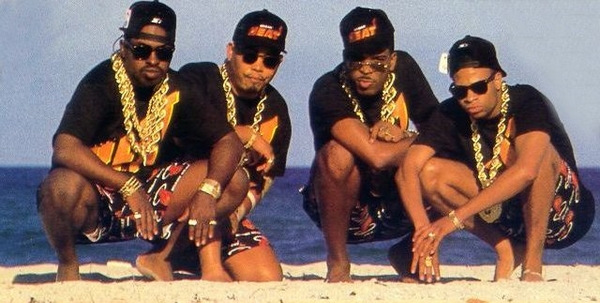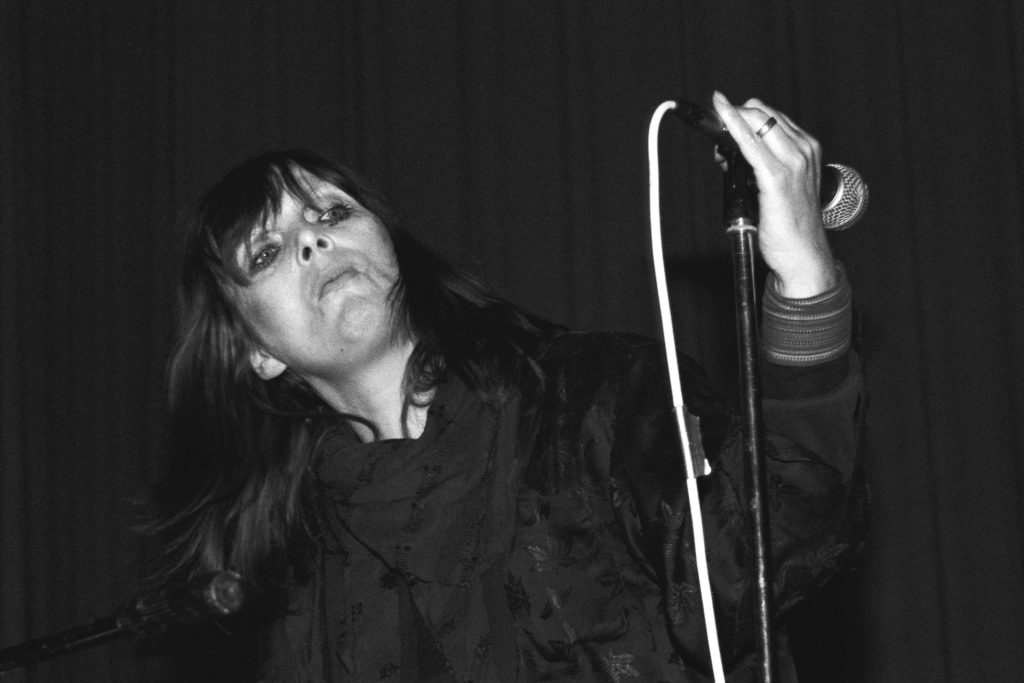No musician likes to have their original creations ‘ripped off’ or reproduced without their permission. Copyright law acts as a protective shield by granting musicians the exclusive right to reproduce their work. Like any law however, this general rule does not come without exceptions and there are certain circumstances whereby an individual or group are free to copy away without permission.
‘Fair dealing’ is a term used in copyright law and safeguards liability for unlawful reproduction. Acceptable scenarios include copying for research, criticism/review, parody/satire, and reporting. Whether or not a use is deemed to be ‘fair’ will depend upon the particular facts of the case, including the nature of the dealing, the purpose of the work and the effect of the dealing on the value of the work.
A famous example of the use of parody as a fair use defence came in 1994 when the hip hop outfit 2 Live Crew parodied the Roy Orbison hit Pretty Woman. Whilst the music may have been similar, the original lyrics were substituted for humorous ones. 2 Live Crew successfully argued the fair use defence. In reaching their decision the courts commented on the fact that the market for each version was substantially different.
Print media such as newspapers and magazines often reproduce lyrics without permission whilst reviewing singles, albums and EPs. Thinking logically, it would be unreasonable that permission be obtained in every instance and hence would amount to ‘fair dealing’ of copyright material. At the end of the day, it is deemed healthy that we are able to discuss and critique musical material along with other works of art.
The use of an insubstantial portion of an artists’ work is also acceptable. There are no hard and fast rules as to what amounts to ‘substantial’ and each case will be judged according to its facts. It is important to note that even if you use a small segment of a particular work, it may still be deemed substantial in the eyes of the law. Aussie rockers Men at Work found this out the hard way when they were ruled to have infringed copyright by reproducing just two bars of the children’s song Kookaburra Sits in the Old Gum Tree.
Lastly, copyright law has recognised the fact that in modern times, many Australian households have in their possession reproductions of musical and television recordings. It would be impractical to go round each home and check for illegal reproductions and hence it is deemed legal to make a copy of a sound recording you have purchased so long as it is for private or domestic use. This however will not cover circumstances of making recordings for the purpose of selling.
The law has applied a practical approach to certain types of reproductions. Whilst approaching each scenario, the courts will weigh up the impact the alleged infringement has had on the copyright owner’s ability to exploit his or her original work.
BY DAN CHISHOLM







